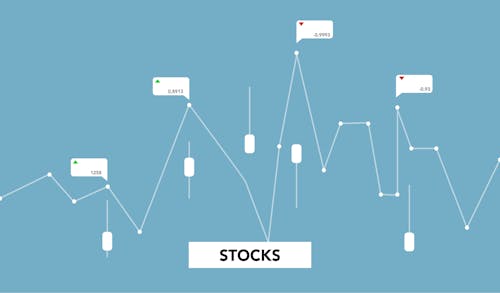Trump As Shadow Fed Chair? Liquidity Tightens, Markets Defy Gravity - For Now

Image Source: Pexels
It seems President Trump has nominated himself as the Shadow Fed chair. He also appears to believe the overnight rate should be at 1%. It will be interesting to see how this plays out for the market. Clearly, DOGE wasn’t successful in bringing rates down, and the new tax bill certainly won’t help either. That leaves jawboning as the only remaining option. The issue, however, is that unless the Fed initiates QE or Yield Curve Control, the long end of the yield curve isn’t bothered about what the Fed does with the overnight rate.
If I were Powell, I’d resign at this stage, hand the reins to Trump, and consider relocating to Monaco or a similar destination—simply sit back, enjoy retirement, and watch from afar.
For now, the jawboning appears effective, as rates and the dollar move lower. This shift is also causing the typical correlation between bonds and stocks to break down. It’s fascinating how this relationship evolves: when both stocks and rates rise, it’s attributed to economic strength; when rates decline but stocks rise, it’s seen positively because lower rates help expand valuation multiples. To me, this seems more like a friendship of convenience.
(Click on image to enlarge)

Another interesting factor is the dollar, which is also declining. One has to wonder what the bond market and the dollar are aware of that the stock market isn’t. They appear to be signalling slowing growth. This week’s economic data will be crucial in shaping this theme and determining the next steps. This can be seen quite clearly when examining the US and Japanese 5-year rates, both of which are now back at the neckline. Weak US data this week could easily trigger a breakdown here. If this happens, it will likely disrupt the remainder of the yen carry trade and drag USDJPY below 140.
(Click on image to enlarge)

The S&P 500 has now reached the 50% extension level of wave 3 and has traded above its upper Bollinger Band for three consecutive days, with an RSI of 72. While it’s possible the index could become even more extended, conditions like these typically result in at least a period of sideways consolidation or a pullback.
(Click on image to enlarge)

It may be hard to believe, but the Nasdaq has now traded above its upper Bollinger Band for five consecutive days and has an RSI of 72.6.
(Click on image to enlarge)

You can add META to the list of mega-cap stocks that are now overbought, with it too trading above its upper Bollinger band, with an RSI over 70.
(Click on image to enlarge)

More By This Author:
Market At Extremes As Volatility Vanishes And Nvidia Runs HotJobs Data May Shake Markets During Holiday-Shortened Week
Stocks Drift Higher Amid Weak Volume As Dollar And Yields Slide On Lousy Data
This report contains independent commentary to be used for informational and educational purposes only. Michael Kramer is a member and investment adviser representative with Mott Capital Management. ...
more


